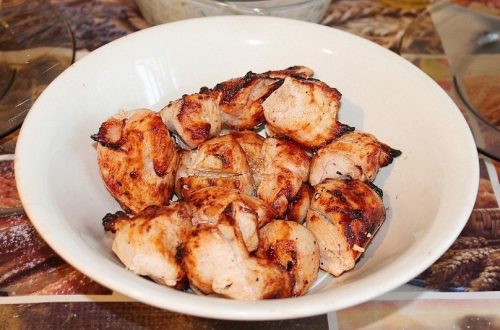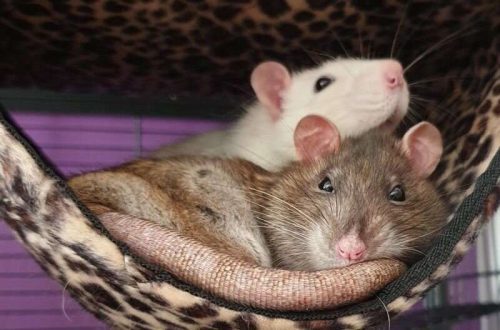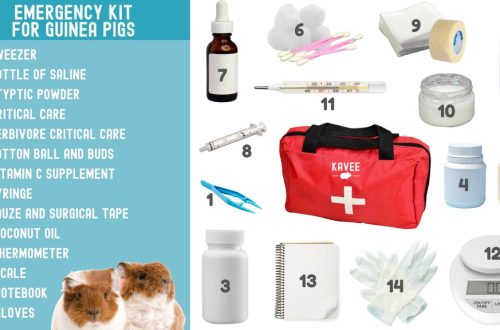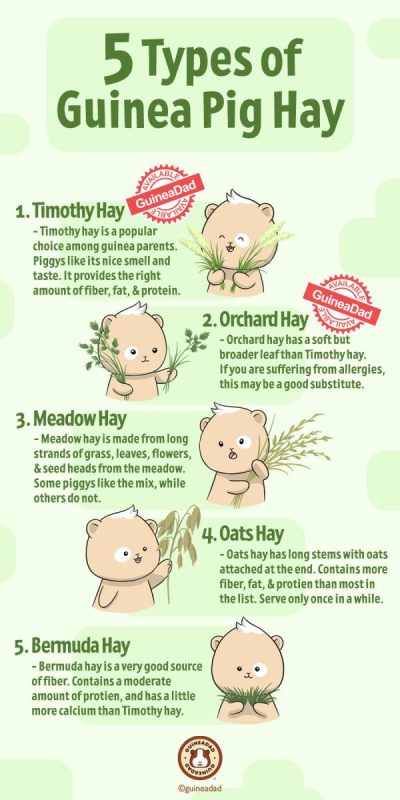
Hay for guinea pigs: which is better, how to harvest and give
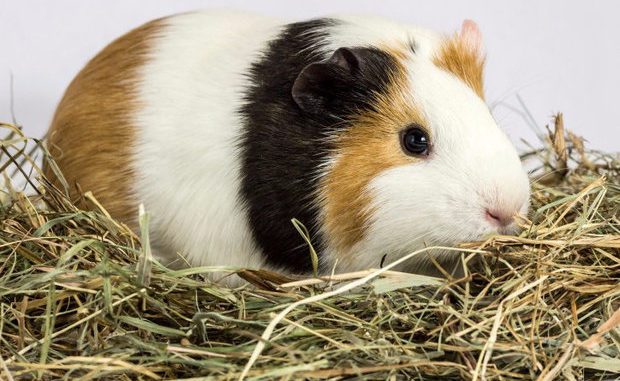
The menu of “overseas” pigs is based not only on granulated industrial feed, but also on hay – dried grass, which is especially necessary in winter. Owners of such pets need to know that not every plant is suitable for drying, so the choice of this type of food should be approached responsibly.
Contents
The best hay for a guinea pig
The main criteria for the best hay for a guinea pig:
- good level of drying;
- the presence of an aromatic odor;
- green color;
- the presence of long blades of grass;
- no hay dust.
Many experienced owners prefer to prepare dried grass for their pet themselves: poisonous plants or plants collected near highways or industrial enterprises can accidentally get into the finished industrial product.
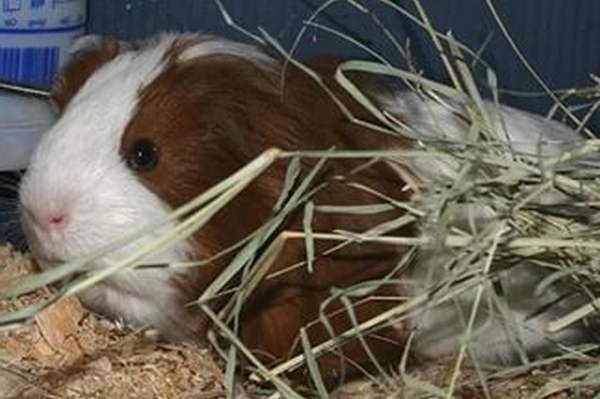
It is also necessary to remember that fresh wet grass is dangerous for a rodent, only carefully dried hay is useful for them.
Optimal hay composition
There are many representatives of the flora that should be included in the finished collection. It is better to collect hay for guinea pigs according to the rules: it should contain timothy or other perennial cereals. The composition should include several useful herbs.
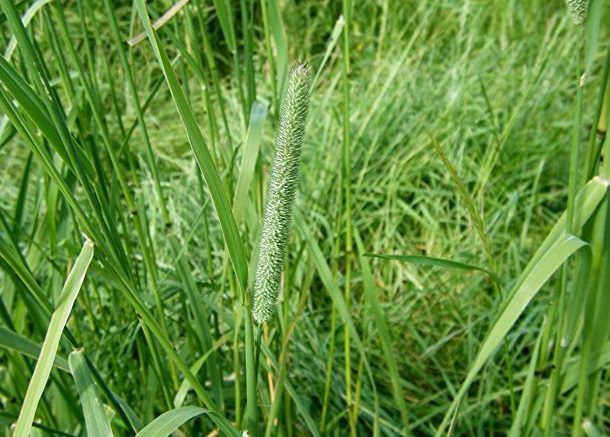
For pregnant females and young animals, it is necessary to make preparations based on alfalfa and legumes. This is due to the rich content of calcium and vegetable protein. For adults, this diet is not suitable.
How to make hay: recommendations
It is necessary to collect grass as far as possible from roads, places for walking animals, industrial complexes. The ideal place is a lawn and a clearing far from the tracks or in the depths of the forest. The slightest suspicion that the plant is poisonous requires its rejection.
The grass should be juicy, bright green.
The finished collection at home must be scalded with boiling water and dried to destroy possible bacteria and parasites. Dry it in the room or on the balcony. The backing material is a clean cloth or white paper. Newspapers should be avoided – printing ink is toxic to animals. You need to store the workpiece in a fabric bag for oxygen access and to prevent the appearance of mold.
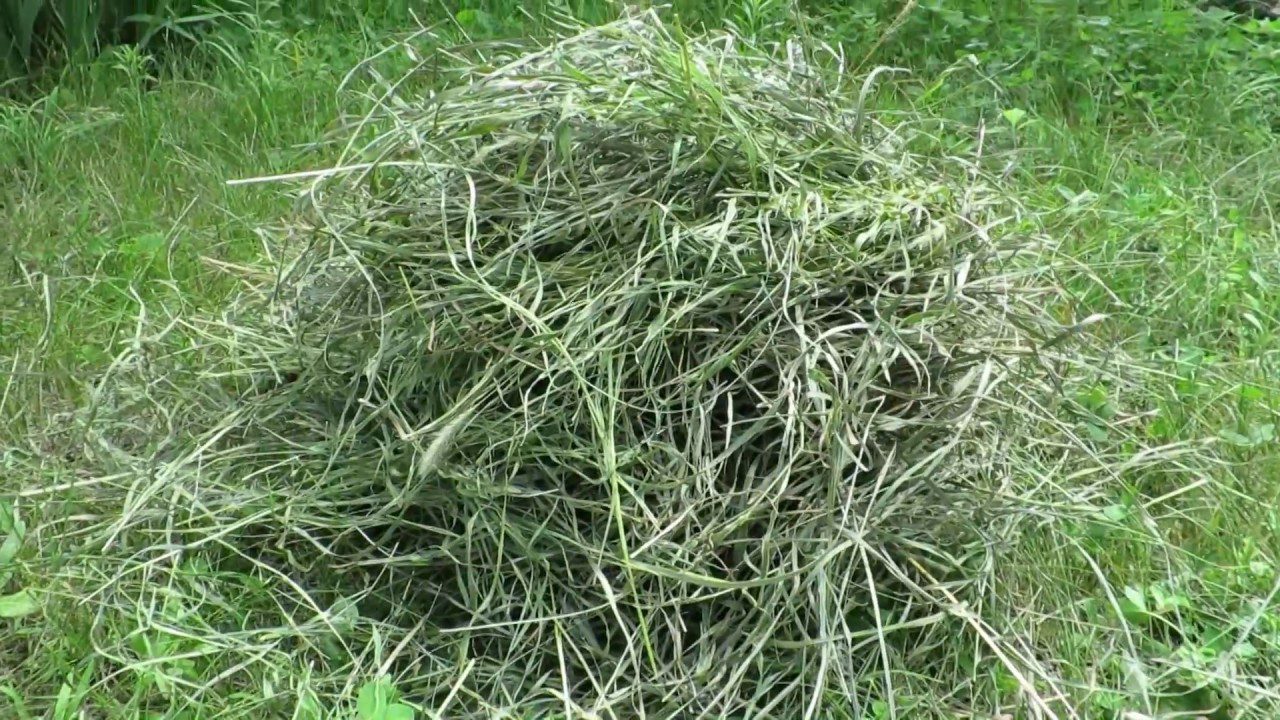
In cases where the harvesting season has passed, and the owner did not have time to collect the necessary plants, you should buy ready-made hay. When choosing, you need to rely on the appearance of high-quality dry grass.
How to feed hay to guinea pigs
Hay ensures the full functionality of the intestinal tract, and, along with stones, helps to grind down constantly growing incisors at home. Accordingly, the sennitsa must be constantly full, and the rodent approaches it as needed. You need to replenish the nursery regularly, as well as replace a long-lying product with a fresh one.
Why the guinea pig does not eat hay: how to be
There are several reasons for refusing dry grass:
- the animal does not like the finished collection;
- when harvesting, the owner did not take into account the preferences of the pet;
- the sennitsa is located in an inconvenient place or the design itself prevents you from enjoying dry grass.
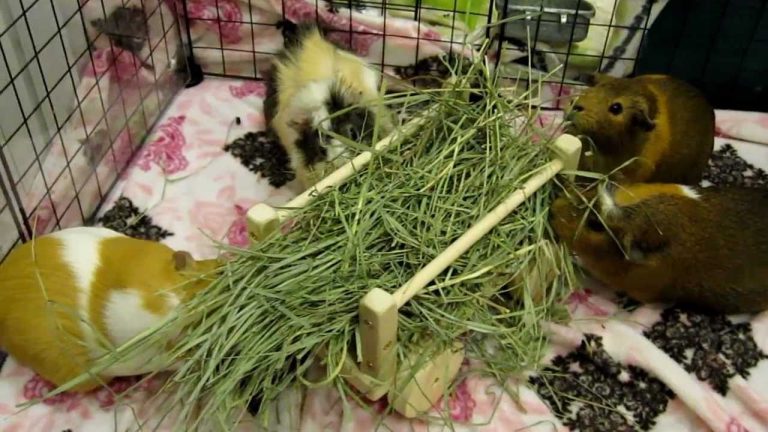
If the pet has stopped eating hay or initially turns out of it, there are the following ways to solve the problem:
- adjust the composition of the product;
- spread the dried grass around the cage;
- make attractive toys based on hay;
- mix this type of feed with permitted succulent plants.
Until the problem is solved, it is necessary to enrich the pet’s diet with garden greens or root crop tops, as well as purchase feed in granules with a high content of fibers and fiber.
Completely ignoring this part of the menu is dangerous due to possible problems with the teeth and digestive system, so it is important to understand the tastes of your pet and choose a collection that she will eat with pleasure.
You can also harvest tree branches for your guinea pig yourself. About what branches can be given and which ones should not be read in our article “What branches can be given to guinea pigs”.
Video: hay for guinea pigs
Hay for guinea pigs
3 (59.26%) 27 votes



